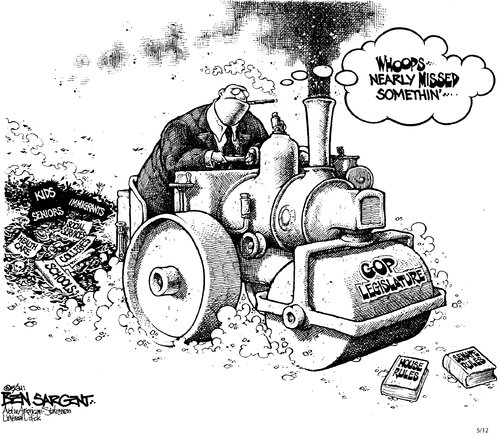Costless Collars Because Asset Allocation Is Not Enough_1
Post on: 27 Апрель, 2015 No Comment

by Harry Sit on August 15, 2011 11 Comments
When the stock market moves up or down, it can knock your asset allocation off your target. Rebalancing means selling the winners and buying the losers in order to bring a portfolio back to its target allocation.
When it comes to rebalancing a portfolio, the 5%-band method is a popular one. It says that you rebalance when the percentage of stocks is at least 5% off your target. For example suppose your target allocation for stocks is 60%, using the 5%-band threshold, you will rebalance when stocks become more than 65% or less than 55% of your portfolio.
What does it take to knock your portfolios asset allocation off by 5%? You may be surprised that it takes more than you think. It was a surprise to me as well.
Todays post is inspired by a post in the Bogleheads investment forum by JimInIllinois. Jim wrote:
The higher your stock allocation the more stocks have to drop to hit your 5% band. If your target is 90/10 and we assume bonds dont change then to hit 85/15 your stocks would have to drop by 37%. To go from 75/25 to 70/30 the required drop is 22%, which is a pretty big correction. What really surprised me is that to go from 50/50 to 45/55 still requires stocks to drop 18%.
Im interested in the math to calculate the required drop for any given asset allocation.
Suppose I have $100 in my portfolio. $S is invested in stocks and $(100-S) is invested in bonds. Suppose after stocks drop by x % and bonds are unchanged, my allocation to stocks is reduced by 5 percentage points. We have:
There are only two variables S and x in this equation. We can solve x as a function of S. If you do the algebra, you will get:
So if S is 90, x = 50000 ÷ 90 ÷ (105 90) = 37. Jim is exactly right: it takes a 37% drop in stock prices to move a portfolio from 90% in stocks to 85% in stocks. If S is 60, x = 50000 ÷ 60 ÷ (105 60) = 19. It takes a 19% drop in stock prices to move a portfolio from 60% in stocks to 55% in stocks.
Putting the numbers in a chart, we have:
Between the normal range of 30-80% allocation to stocks, it takes a drop of 18% to 25% to move the needle by 5 percentage points.
We can do a similar calculation for stocks going up and thus increasing the stocks percentage by 5 points. I will skip the math details. The formula comes out to:
The chart looks like this:
For the stocks-up cases, the bottom line numbers are similar to those for the stocks-down cases, but several points higher. For example it takes a 24% rise in stock prices (as opposed to a 19% drop) to move a portfolio from 60% in stocks to 65% in stocks. If you have 80% in stocks, stocks must gain 42% (as opposed to dropping 25%) before they bump your allocation in stocks to 85%.

Stocks dont move up or down 20% or 25% every year. This means the 5%-band rebalancing method is quite slow. If you use this method, except in big up or down years, it will probably take several years to trigger a rebalance.
By implication, if you rebalance every year, the change to the allocation percentages must be very small in most years. Say you start with a 60% weight in stocks, by the end of year, it might become 61.3%. The risk and expected returns of a portfolio 60% invested in stocks and a portfolio 61.3% in stocks are practically the same. Its hardly worth doing anything. You might as well wait until it drifts past 65% or 55%.
Being slow isnt a bad thing. The markets are said to display short-term momentum. It means when its going up, its going up for a while and when its going down, its going down for a while before it changes direction. By waiting longer to rebalance, you let the winners run longer when the market is going up and you wait until prices go lower before you buy.
However, waiting longer also means you wont be able to catch the 15% dip if you are waiting for a 20% drop for the 5% band to be triggered. There is no way to tell whether a drop is going to reach 20% or just stop and reverse course at 15%.
Because the market goes up more often than down, perhaps asymmetric bands are in order, say 7% up, 3% down?
Note. So far the calculations assumed that bonds are unchanged. We can introduce another variable and make bonds go up or down by b %. Deriving the formula with this extra variable is left as an exercise for the reader.
If you assume negative correlation stocks down, bonds up, and vice versa which isnt the always case as they often have low, but positive correlations, the required drop and increase will be a few points lower than the charts show. If stocks and bonds are both down or both up, the required drop and increase will be a few points higher.
See All Your Accounts In One Place
Track your net worth, asset allocation, and portfolio performance with free financial tools from Personal Capital .














